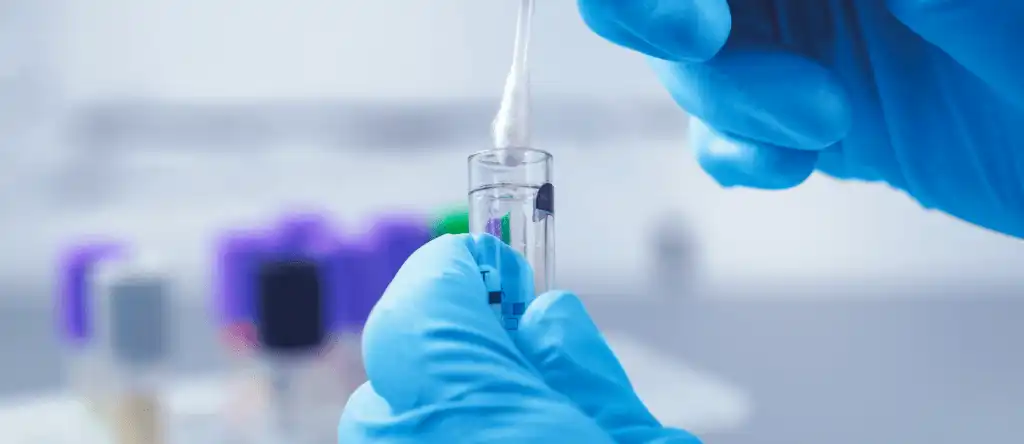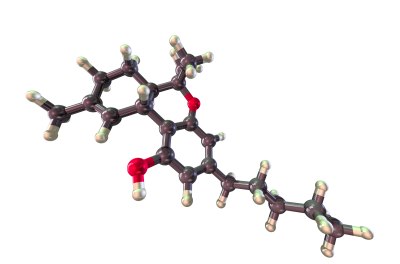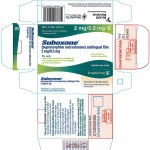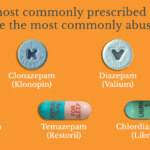Strange to see a headline like this one —
Researchers Seek to Block Use of FDA-Approved OUD-Risk Test
An eminent group of research scientists , including the renowned addictionologist Andrew Kolodny, are vigorously objecting to FDA approval — already nearly complete, via a no doubt arduous process — for the first test that will rely on DNA to assess someone’s risk for developing an OUD.
Here’s how it works: A cheek swab is taken, then analyzed for genetic composition. This, we’re told, will establish the subject’s risk for later problems in the event they are prescribed opioids for pain control.
Testing, by the way, is limited to people without prior history of opioid use.
It may sound like a breakthrough, but according to its critics, it’s actually a bad idea. A faulty “low risk” result could give both prescriber and patient a misleading feeling of safety around using opioids— in effect, increasing the potential for misuse and abuse.
From their letter of opposition:“The harmful consequences of an invalid genetic test for OUD are clear. Patients who test negative, and their clinicians, may have a false sense of security about use of opioids…” Something that we know from long, long experience can be dangerous.
After all, it was false confidence around a newer opioid, oxycodone, that contributed to widespread over-prescribing, and helped lay the groundwork for the prescription painkiller epidemic that followed. And then came a second wave of illicit fentanyl abuse that sprang up when controls on prescribed opioids were implemented, making them more difficult to obtain, and sending patients into the streets in search of drugs.
There’s history to that — when government, concerned about morphine use among Civil War veterans, outlawed opiates, in effect turning chronic pain patients into illegal drug-seekers. Where they remained for generations.
“Genetics are just one of many factors at play in causing people to become addicted to opioids,” an expert remarked. Often, genes are not even the most important variable.
We’ll have to see how this plays out over the next months. Another concern: the test’s relatively high rate of false negative and positive results — both close to 20%.
Meanwhile, CDC reminds us that “When prescribed an opioid, the best approach is to try the lowest possible dose in the smallest quantity. Opioids should only be used for as long as necessary.”
Makes sense to me. We’re supposed to learn from painful experience, right? And by now, we should certainly have had enough of that.













